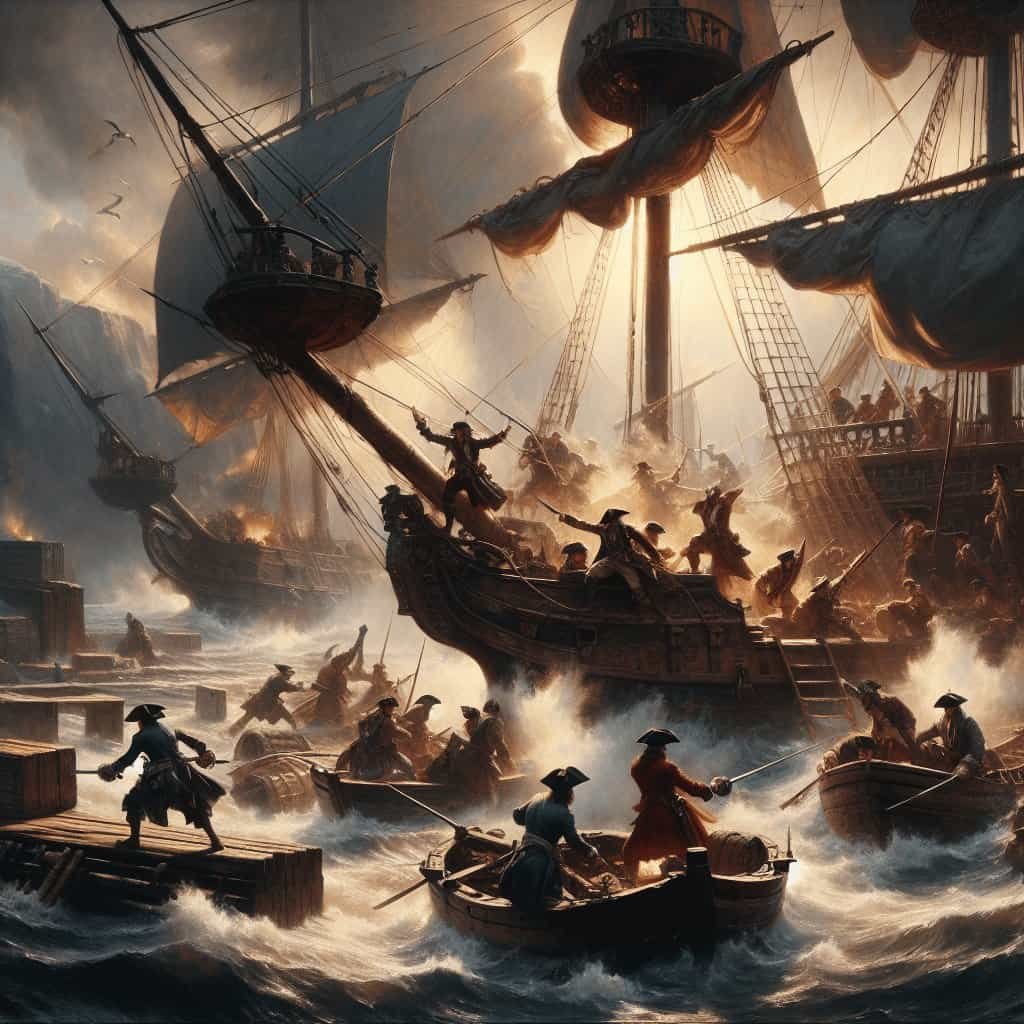Exploring the Historical Backdrop of Pirates of the Caribbean
Introduction to the Pirate Era
The “Pirates of the Caribbean” film series, produced by Disney and based on the theme park ride of the same name, is a beloved saga that has captivated audiences with its thrilling adventures, intriguing characters, and rich historical backdrop. While the films are a work of fiction, they are set against the very real and tumultuous period known as the Golden Age of Piracy. This era, which spanned from the late 17th century to the early 18th century, provides the historical context for the swashbuckling escapades of Captain Jack Sparrow and his cohorts.
The Golden Age of Piracy: A Closer Look
The Golden Age of Piracy is generally considered to have occurred between 1650 and 1730. This period is characterized by the rise of famous pirate figures and an increase in pirate attacks on merchant ships and coastal areas. The era can be divided into three distinct phases:
- The Buccaneering Phase (1650-1680): Early in this period, piracy was concentrated in the Caribbean. Pirates, known as buccaneers, often based themselves in Jamaica and the surrounding areas, targeting Spanish treasure fleets.li>
- The Pirate Round (1690-1720): During this phase, pirates expanded their operations from the Caribbean to the Indian Ocean, notably around Madagascar, targeting the lucrative trade routes of the East India Company.
- The Post-Spanish Succession Period (1715-1725): After the War of the Spanish Succession, many privateers turned to piracy, leading to a significant increase in pirate activities, particularly in the Caribbean and along the American coast.
Historical Accuracy in Pirates of the Caribbean
While “Pirates of the Caribbean” is primarily a fantasy series, it does incorporate elements that are historically accurate or at least inspired by real events and figures from the Golden Age of Piracy. For instance:
- The portrayal of Port Royal, a significant base for pirates and privateers, reflects its historical importance during the era.
- Characters such as Blackbeard and Anne Bonny in the films are based on real pirates who were notorious during their time.
- The East India Trading Company, featured prominently in the series, was indeed a major force in global trade and had its own armed forces to combat piracy.
However, the films also take considerable creative liberties, adding mythical elements like cursed treasures and supernatural creatures, which deviate from historical records but add to the entertainment value and appeal of the series.
Impact of Piracy on Global Trade
The surge in piracy during the Golden Age had significant economic implications. Pirates disrupted trade routes, leading to increased shipping costs due to the need for enhanced security measures and higher insurance rates. This period also saw various colonial powers and private entities, such as the East India Company, taking measures to combat piracy, which included deploying naval forces and offering pardons to pirates who surrendered.
Conclusion: The Legacy of the Golden Age of Piracy
The “Pirates of the Caribbean” films, while embellished with fantasy, offer a glimpse into the adventurous and perilous world of pirates during the Golden Age of Piracy. This era left an indelible mark on maritime history, influencing global trade, naval warfare, and even legal frameworks concerning piracy. By exploring this period through the lens of cinema, the series not only entertains but also sparks interest in a fascinating chapter of world history, blending historical facts with the allure of pirate folklore and legend.
In conclusion, the Pirates of the Caribbean is set during a period rich with maritime adventure and cultural shifts, making it a perfect setting for the tales of pirates, naval battles, and treasure hunts that continue to thrill and engage audiences around the world.
